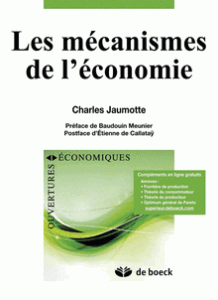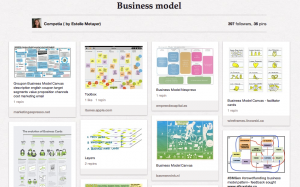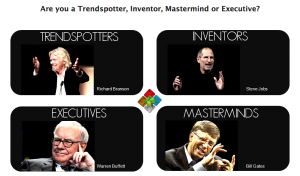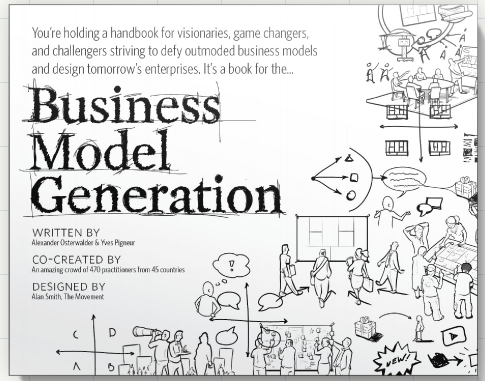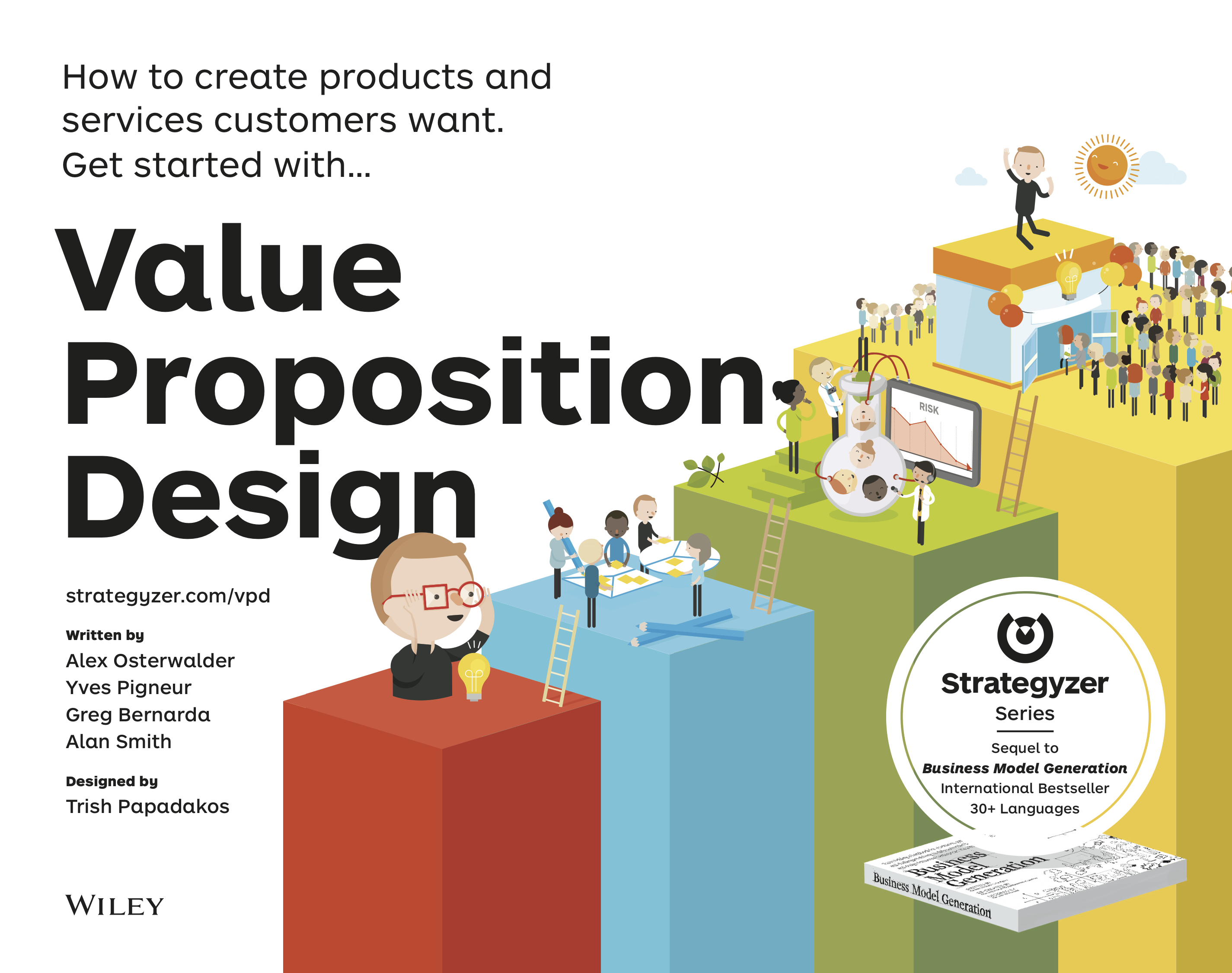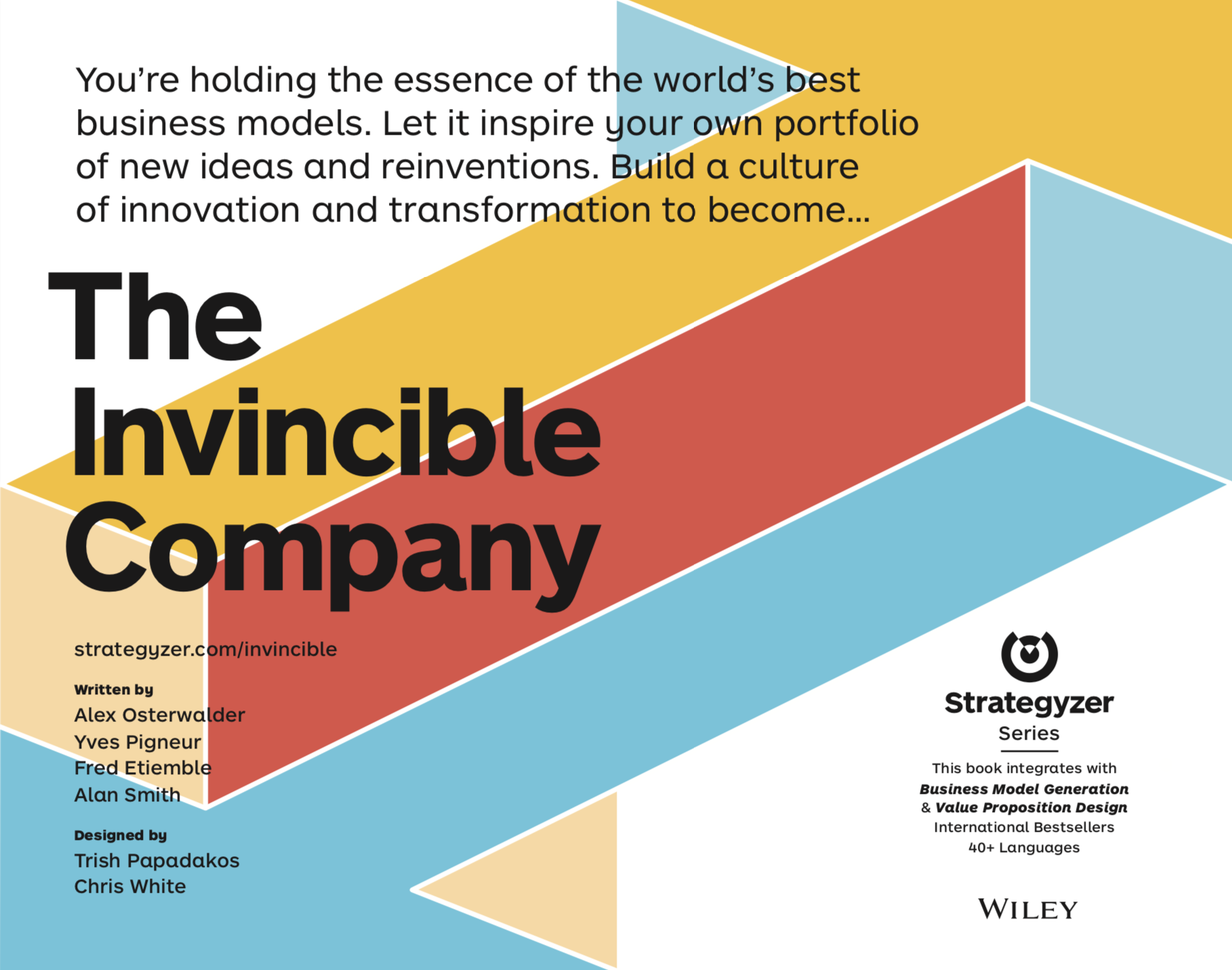a last meeting with Pieter Kemps, Business Development & Venture Capital, Amazon Web Services, Singapore, on “BM economics” issues.

The discussion concerned BM economics, based on a document issued after our last meeting (previous post) “A guide for founders, startups, and investors into the key economics that drive Business Model profitability”. The initial idea aims to make the Business Model more actionable by answering some key questions:
- What are the key drivers that impact Volume/Costs/Revenues within a Business Model? How can one focus my actions to achieve Profitability?
- What are the key metrics that impact these drivers? Which are ’vanity metrics’ and which are ’high-impact’?
- How are these metrics similar for a given Business Model pattern? And how does this align to startups in, e.g., SaaS, Mobile, E-commerce?
- How can we device a growth strategy to drive the high-impact metrics in the right direction, that is, towards Profitability?
REFERENCES
Two interesting references on assessing a potential business model:
Hamermesh, R., Marshall, P, Pirmohamed, T. (2012) Note on Business Model Analysis for the Entrepreneur, Harvard Business School, 9-802-048 (PDF)
The note suggests techniques for assessign on how likely is a business model to turn cash flow positive, how much time is required to ramp-up the revenue in order to turn cash flow positive, and how large the investment is required to pursue the business model.
Mullins, J., Komisar, R. (2009) Getting to Plan B: Breaking Through to a Better Business Model. Harvard Business Review Press. (web) (abstract) (SMR)
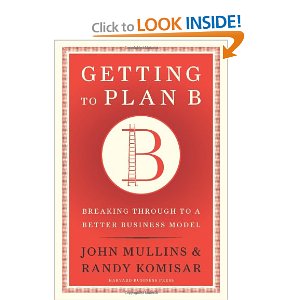
Every business model needs to quantitatively address five key elements:
revenue model: Who will buy? How often? How soon? At what cost? How much money will you receive each time a customer buys? How often will they send you another check?
gross margin model: How much of your revenue will be left after you have paid the direct costs of what you have sold?
operating model: Other than the cost of the goods or services you have sold, what else must you spend money on to keep the lights on?
working capital model: How early can you encourage your customers to pay? Do you have to tie up money in lots of inventory waiting for customers to buy? Can you pay your suppliers later, after the customer has paid?
investment model: How much cash must you spend up front before enough customers give you enough business to cover your costs?
A FaberNovel report on Amazon.com
The same day an interesting report entitled “Amazon.com, The Hidden Empire – Three digital engines to reshape and dominate retail” has been released by Faber Novel (web), on Techrunch (web) and slideshare:











